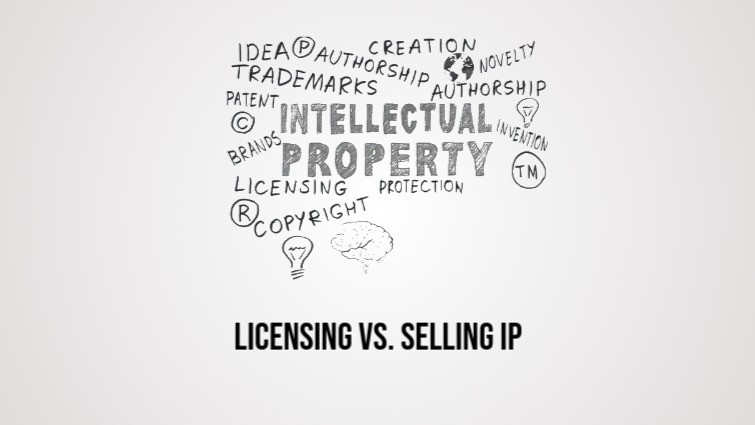
Open-source software (OSS) is software that is freely available for use, modification, and distribution by anyone. It is often governed by open-source licenses, which dictate the terms of how the software can be used. Some of the most common licenses include the GNU General Public License (GPL), MIT License, and Apache License.
Key IP Implications of Open-Source Software:
- Licensing Restrictions: While open-source software can be freely used, different licenses come with varying levels of restrictions. Some, like GPL, require that any derivative works be open-sourced as well, while others, like the MIT License, impose minimal restrictions on use.
- No Exclusive Rights: Unlike proprietary software, developers of open-source software don’t retain exclusive rights to its use or distribution. Anyone can use and modify the code within the bounds of the license.
- Attribution and Credit: Open-source licenses often require attribution to the original authors, which ensures recognition but does not provide the same level of control as proprietary software.
- Patent and IP Risk: Open-source software users may face patent risks if the software infringes on existing patents. Some licenses, such as Apache 2.0, provide express patent grants, while others are silent on this issue.
- Collaboration and Innovation: Open-source promotes collaboration and rapid innovation, as developers worldwide can contribute to improving the software. This open, shared development model accelerates progress in technology sectors.
How to Protect Proprietary Software Without Stifling Innovation
Proprietary software is owned by individuals or companies, and its source code is typically kept confidential. While proprietary models can be more secure and profitable, they may sometimes restrict innovation. Here's how to strike the right balance between protection and fostering innovation:
- Clear Licensing Terms: Use clear and well-defined End User License Agreements (EULAs) that protect your intellectual property while specifying acceptable use cases for the software. Include provisions for preventing reverse engineering, copying, or unauthorized distribution.
- Hybrid Licensing Models: Consider hybrid approaches, such as offering a dual licensing model, where the core software is open-source, but premium features or services require a proprietary license. This encourages community involvement while monetizing advanced offerings (e.g., MySQL and Red Hat use this model).
- Source Code Management: Keep core, proprietary algorithms or systems confidential while opening less sensitive parts of the software to external developers. This allows collaboration on certain features while safeguarding the critical aspects of the IP.
- IP Protection through Patents: Where applicable, secure patents for key innovations in your software. This can protect the underlying technology while still allowing portions of the software to be open-sourced. For instance, a company may patent the software’s unique algorithm while open-sourcing the rest.
- Collaborate Without Losing Control: Engage with open-source communities, contribute to shared projects, and benefit from innovations in the field, but ensure proprietary control over your own software’s direction and features. Platforms like GitHub allow for collaborative coding while maintaining clear boundaries between open and proprietary aspects.
- Utilize Trade Secrets: For aspects of the software that cannot be patented, trade secrets are an excellent way to protect critical IP, such as source code, processes, or algorithms. Ensure that confidentiality agreements and security protocols are in place to prevent leaks.
- Continuous Innovation: Keep innovating to stay ahead of competitors. While open-source projects are continuously evolving, maintaining an agile, innovative approach in proprietary software development ensures your offerings remain competitive.
By leveraging the benefits of both open-source and proprietary models, companies can protect their intellectual property while fostering innovation and collaboration. This balanced approach allows businesses to tap into the collective knowledge of the developer community while safeguarding key assets.


